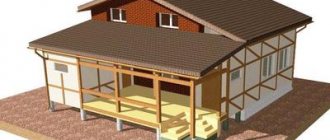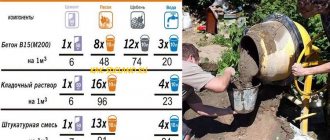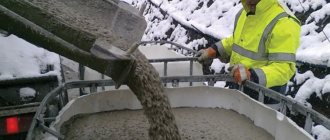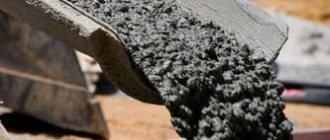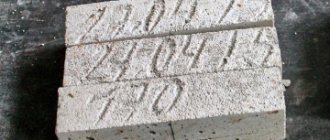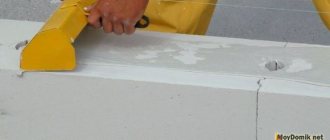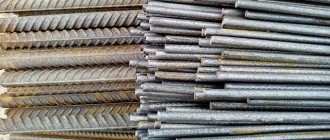The most common and reliable fastening for concrete is a metal anchor and dowel. With the help of these fastening and building elements, it is possible to install heavy structures on the wall in the form of cabinets, shelves and other hanging elements. The construction market offers a wide selection of dowel and anchor bolts. Each variety has different performance characteristics and scope of use.
Why do you need impregnation for concrete?
Despite all the strength of concrete, there is an Achilles heel in its structure, namely pores. They occur after the mixture hardens, when the water evaporates, and this in itself is not bad. It’s bad when: a) there are a lot of them; and b) they are big. Why this is bad for strength probably does not need to be explained: material with voids is vulnerable to any impacts, pressure, moisture, it settles unevenly, and this causes cracks to form in it.
The outer layer of hardened concrete is the most porous, because it initially contains the highest ratio of water to cement. This means that he is the weakest, and also most open to “blows of fate.” Therefore, if concrete begins to collapse, it is from here. And water getting into the pores does not improve the situation.
RECOMMENDED ON THE TOPIC
- Anchors for concrete
- Concrete substitute and its advantages
To prevent this from happening, you need to seal the pores. And for this, concrete is impregnated with special compounds - impregnations, or primers, or, as they have recently become called, sealers (sealer means “sealer” - from the word seal, which, by the way, means “to seal”).
Unlike plasticizer additives, impregnations are not added to the mixture when the concrete solution is prepared. They cover ready-made concrete – and not necessarily freshly laid one. Impregnations are also used for old concrete bases if they have begun to wear out and become dusty. There are impregnating compounds that are used on mature, dry concrete after two weeks, and there are those that are applied immediately. This is a kind of film that prevents moisture from evaporating from it too quickly and prevents the formation of pores.
Ceresit
High efficiency of glue application is achieved by adding a special plasticizer. The products of this brand are characterized by improved adhesive properties, minimal slipping of cladding elements and an affordable price. The glue is based on white cement.
"Ceresit 115" is recommended by the manufacturer for use at the following sites:
- old cladding;
- screeds outside the house with heating;
- outdoor swimming pools;
- roofs;
- floor on the balcony or terrace;
- stairs outside buildings.
Classification of concrete impregnations
Let's see what types of impregnations there are according to their chemical composition. There are two large groups, and they are fundamentally different in their effect on concrete:
- Inorganic (silicate).
- Organic (polymer).
We will return to the first ones when we talk about strengthening impregnations. Here we will dwell in more detail on polymer compositions. These substances create a reliable layer that repels water and any substances that could penetrate into the thickness of the concrete. It prevents cement particles from sliding off the surface due to friction and turning into dust.
Organic impregnations are divided into:
- acrylic;
- polyurethane;
- epoxy.
Let's figure out what the difference between them is.
Acrylic compounds
Pros:
- Inexpensive.
- Well suited for protecting concrete from water and chlorides.
- Do not fade from sunlight.
Minuses:
- Can't withstand heavy loads.
- Every couple of years it needs to be reapplied.
Polyurethane impregnations
These are penetrating impregnations, that is, they not only create a protective film on the outside, but penetrate inside (about 6 mm).
Pros:
- Remove dust (make the floor 10 times more resistant to wear).
- Withstands harsh chemicals.
- Impact-resistant (any grade of concrete, starting from M350, is made comparable in strength to M600).
- More water resistant than acrylic impregnations.
- Improves the appearance of the coating.
- Provides easier cleaning.
- In general, they are universal (they combine different properties and are suitable for many situations).
- Processing concrete does not require sophisticated equipment.
- After a day you can walk on the floor, and after three days you can drive a vehicle.

